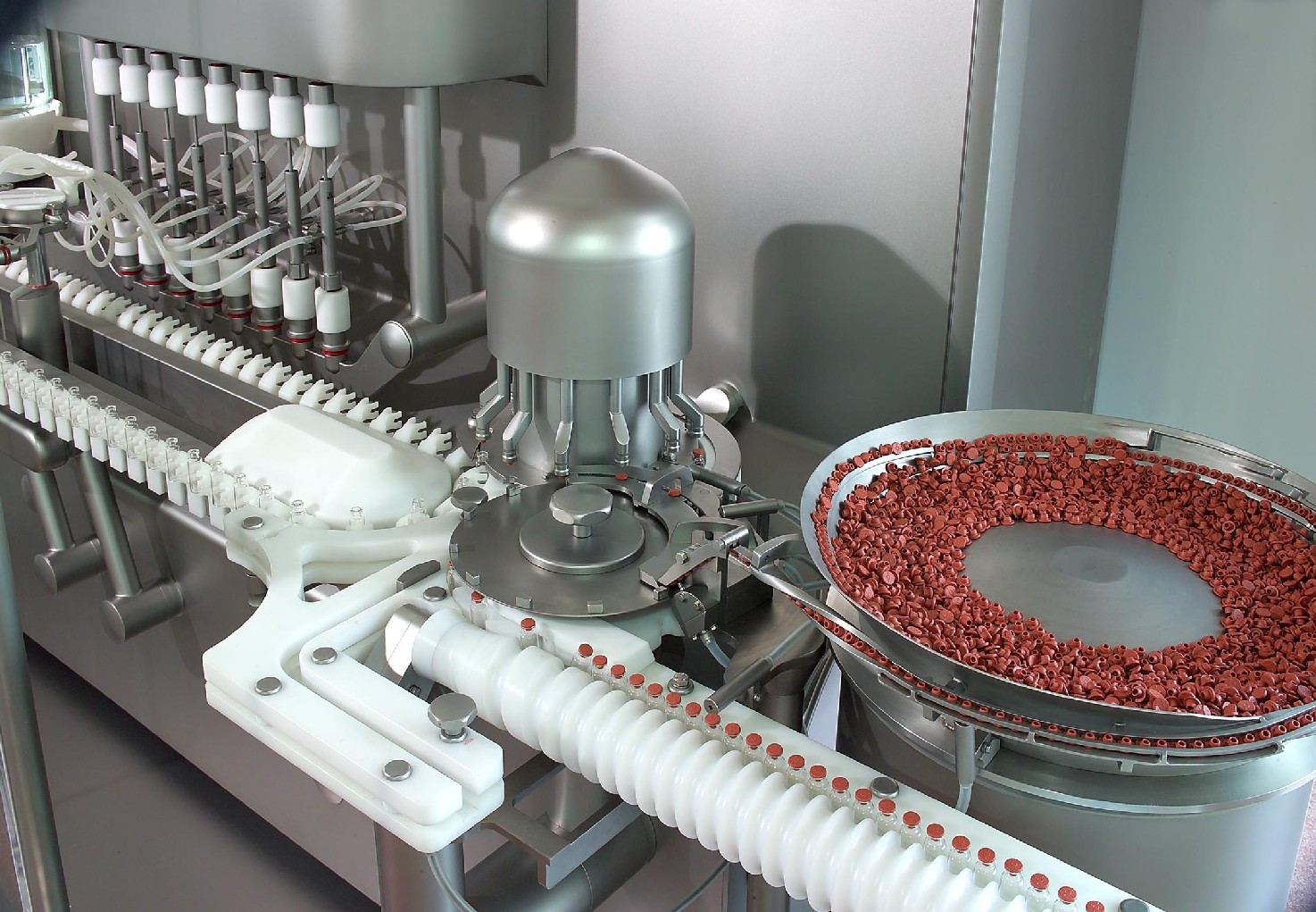Pharmaceutical & Biotech

The Pharmaceutical & Biotech industry in which we serve includes processing plants, pilot-scale plants, distribution facilities, and R & D laboratories.
Critical Assets to Monitor
The primary assets to monitor in any pharmaceutical / biotech facility are HVAC, pumps and mixers critical to a validated batch manufacturing process, and utilities related to validated liquids manufacturing such as DI and WFI water. This includes Air Handling Units (AHU’s) and Steam & Chiller Plants. Most steam plants on pharmaceutical campuses are identical to small power plants, using gas boilers or gas turbines, boiler feed pumps, ID/FD fans and related support equipment. In addition, research facilities and scientific labs need adequate and consistent heating, cooling and supply of pure and validated water.
Process equipment is historically ignored in this industry as critical, with most pharmaceutical sites opting for Predictive Maintenance (PdM) on their HVAC systems, ofetenoften overlooked are the small pumps or agitator mixers used on batch reactors that are ultra-critical. An entire batch in a reactor could be lost to a $3,000.00 pump or mixer without predictive monitoring. If either of these pieces of equipment maintained temperature or a controlled reaction and that control was lost, it is not unusual to hear the $3,000.00 equipment failure cost the millions in lost product and disposal costs.
HVAC Units, Steam Plants and support equipment and Chiller Plants are generally the most well-known assets to monitor in a Pharmaceutical facility, but criticality assessments must be done to determine any other equipment that could have dire consequences if it fails.
Best Condition Maintenance Technologies to Apply• Vibration Analysis is usually the best technology applied throughout a facility as most equipment in the Pharmaceutical and Biotech industry has standard rolling element bearings and belt drives. Most equipment in the HVAC section of a Pharmaceutical facility is standard belt-driven or direct-couple fans or pumps, with minimal or no requirements for advanced analysis. Vibration provides the widest spectrum or deliverable results versus implementation and cost of the technology.
• Motor Testing has specific uses on larger motors, such as chillers and certain steam plant equipment, used best in specific cases. Larger support equipment, such as chiller drives can benefit from annual motor testing to warn of any instances where a core loss situation or other electrical issue not able to be detected by vibration could arise.
• Infrared Thermography falls into the same category as motor testing, most electrically driven equipment is small, therefore the MCC buckets and voltages are lower. However, it is recommended to have at least one annual IR scan of MCC’s. Infrared plays a key role in determining issues with MCC buckets and other higher voltage systems.
• Oil Analysis can be a valuable technology although it is generally used sparingly as most equipment has grease-able anti-friction type bearings and belts are used for speed control. Certain portions of the facility, in particular the steam and chiller plants will benefit from a pinpoint Oil Analysis program.


